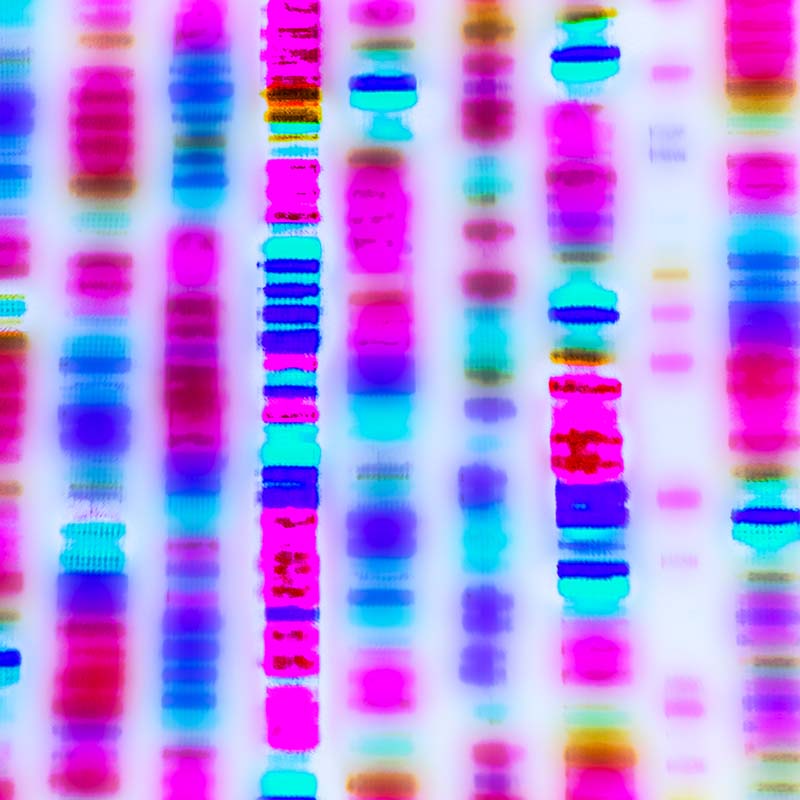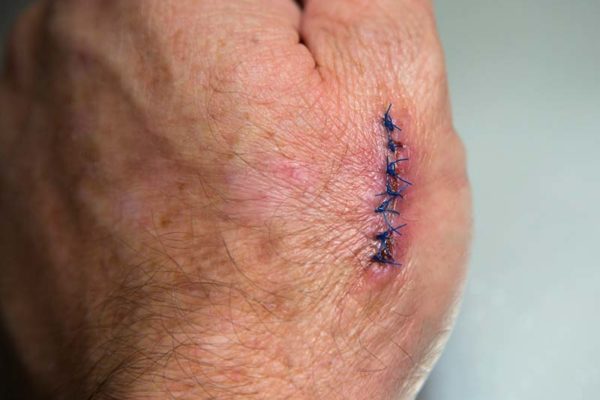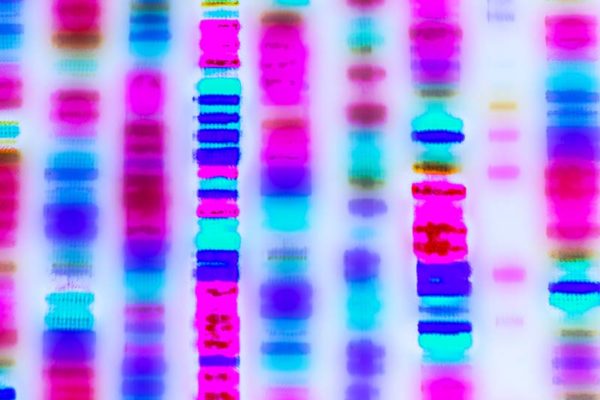A zinc finger (zf) to target the FXTAS mutation therapeutically
Summary
FXTAS is an adult onset neurodegenerative disorder, usually affecting males over 50 years of age. Females comprise only a small part of the FXTAS population, and their symptoms tend to be less severe. FXTAS affects the neurologic system and progresses at varying rates in different individuals. All individuals with FXTAS are premutation carriers of the FMR1 (Fragile X) gene (CGG repeats 55-200 in the 5’ UTR of the gene). A functional FMR1 gene encoding the FMRP protein is important in brain development. Researchers believe that having the premutation leads to a toxic gain of function phenotype with overproduction of FMR1 mRNA (which contains the long CGG tract). The disorder is characterized by intentional tremor, gait ataxia, autonomic dysfunction, and cognitive decline. In the present invention, we have designed a zinc finger (ZF) to target this CGG-expansion, to target the FXTAS mutation therapeutically.
Technology
The present invention provides new zinc finger peptides and encoding nucleic acid molecules that can be used for the modulation of gene expression in vitro and/or in vivo. The new zinc finger peptides of the invention may be particularly useful in the modulation of target genes associated with expanded GGGGCC hexanucleotide repeats or CGG trinucleotide repeats, and more specifically the targeted repression of such genes.
Applications
Carriers of Fragile X (FX) premutation alleles with 55 to 200 CGG repeats are considered at risk for FXTAS. The prevalence of premutation alleles is approximately 1 in 260 to 1 in 800 for males and 1 in 130- to 1 in 250 for females in the general population. To date, treatments for this and similar diseases, have generally focussed on trying to control the symptoms of rather than the causes of illness. It is thought that the treatment of most neurodegenerative diseases may require the correction of mutation(s) in vivo, directly in the affected tissue, or the sustained expression of therapeutic factors, for example altering gene expression. This invention provides an improved system for genetic engineering of therapeutic genes and peptides in diseased cells.
Benefits
• This invention provides new zinc finger peptides and encoding nucleic acid molecules that can be used for the modulation of gene expression in vitro and/or in vivo.
• This invention has therapeutic applications for neuro-degenerative disorders like FXTAS where altered expression of genes is part of the disease aetiology.
Intellectual Property
This technology is subject of a Priority patent application.





